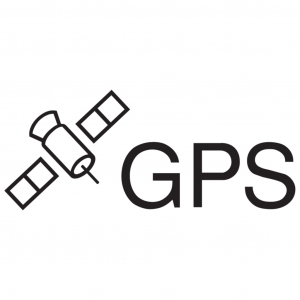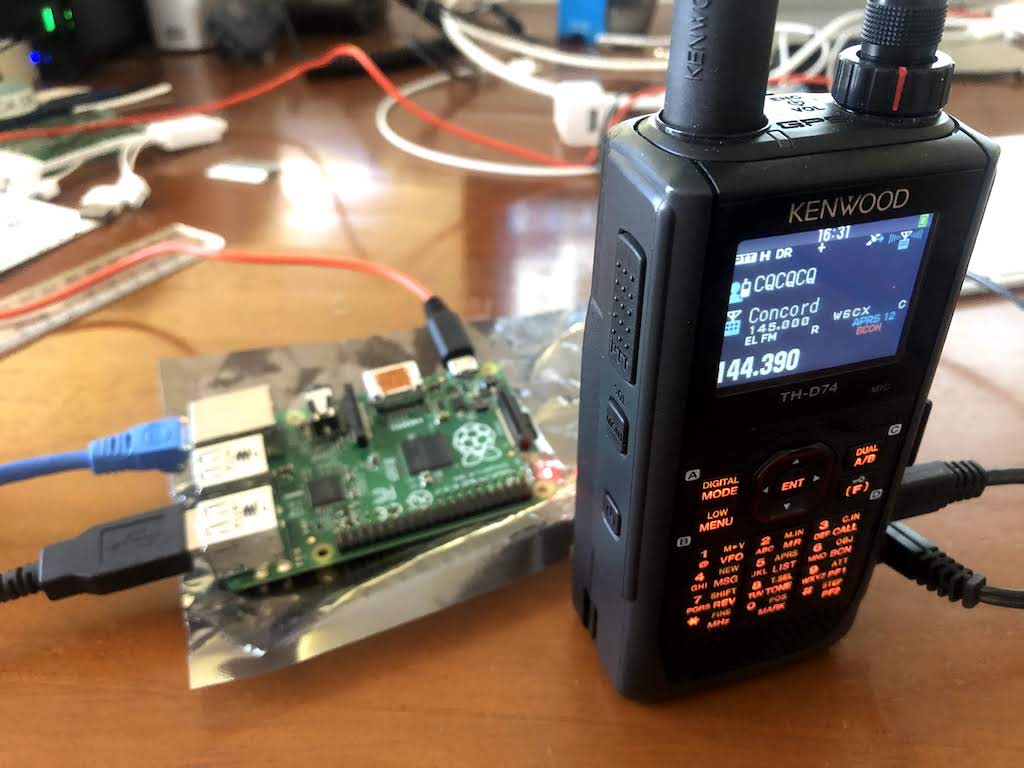
Get the Grafana admin username: $ kubectl get secret -namespace monitoring grafana -o jsonpath="" | base64 -decode Go to to access the Prometheus UI: The Prometheus server web interfaceĬreate the port-forward session to Grafana: $ kubectl port-forward -namespace monitoring svc/grafana 3000:80 The values.yaml is templated by Terraform and passed to the helm_afana.Ĭreate the port-forward session to the Prometheus server: $ kubectl port-forward -namespace monitoring svc/prometheus-server 8080:80 The credential is a random password generated by Terraform. The above snippet defines a Kubernetes Secret for accessing Grafana. Values can be passed to the helm_release resource through files: You can override the default settings from the original values.yaml with the set blocks: Grafana Helm release It allows you to release a Helm chart and customize it with Terraform.

Helm_release is a Terraform resource from the Helm provider. We create a monitoring namespace for our new monitoring components: Prometheus Helm release Namespaces in Kubernetes are logical isolation for deployment. We declare the Kubernetes provider and Helm provider to go ahead: Kubernetes namespace We will manage Kubernetes resources and Helm with Terraform.
Grafana trackmap install#
Helm charts help you to define, install and update Kubernetes applications. In Helm terminology, a package is – a chart.
Grafana trackmap software#
Helm makes the same but for software on Kubernetes. The YUM and APT commands present in Linux distributions manages also packages. Helm is a package management tool to deploy applications in Kubernetes clusters. Knowing that Terraform decides which resources create/update/delete for synchronization. This file allows Terraform to compare the existing infrastructure with your code. Terraform keeps also track of the status of your infrastructure in a state file. It will also determine the resource's relationship and creation order.

You write the code and Terraform translates it into API calls to the target. Terraform can manage resources from many different cloud providers or services.

This process is called infrastructure as code ( IaC): "IaC is the process of managing and provisioning computer datacenters through machine-readable definition files, rather than physical hardware configuration or interactive configuration tools"

It allows you to describe your entire infrastructure in code. Terraform is a well-known tool in the DevOps ecosystem. Ready to go? Deploy on top of Kubernetes with Helm and Terraform too!
Grafana trackmap how to#
Today, we will see how to deploy software components with Helm.


 0 kommentar(er)
0 kommentar(er)
